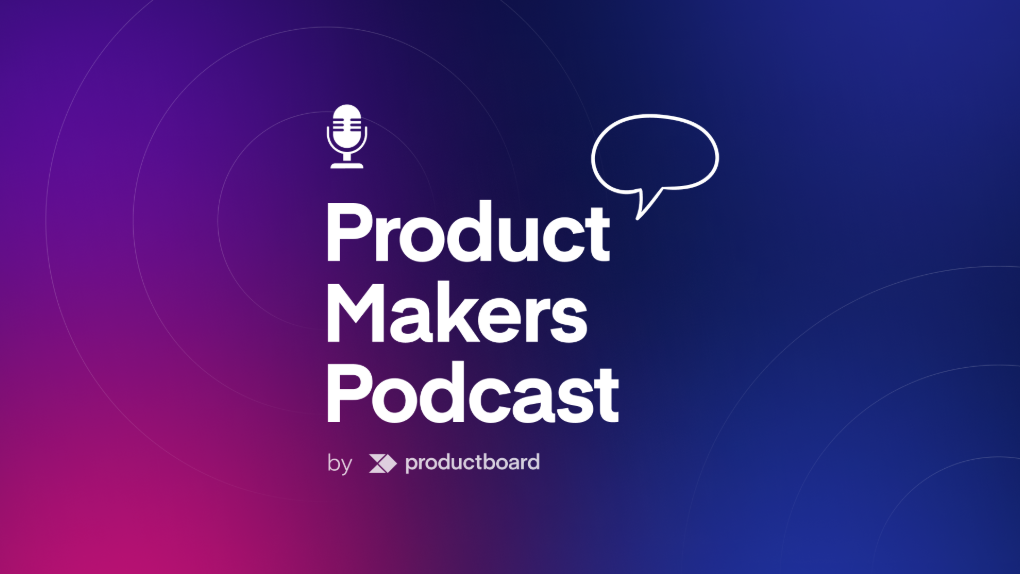How to build winning freemium products using the Kano Model
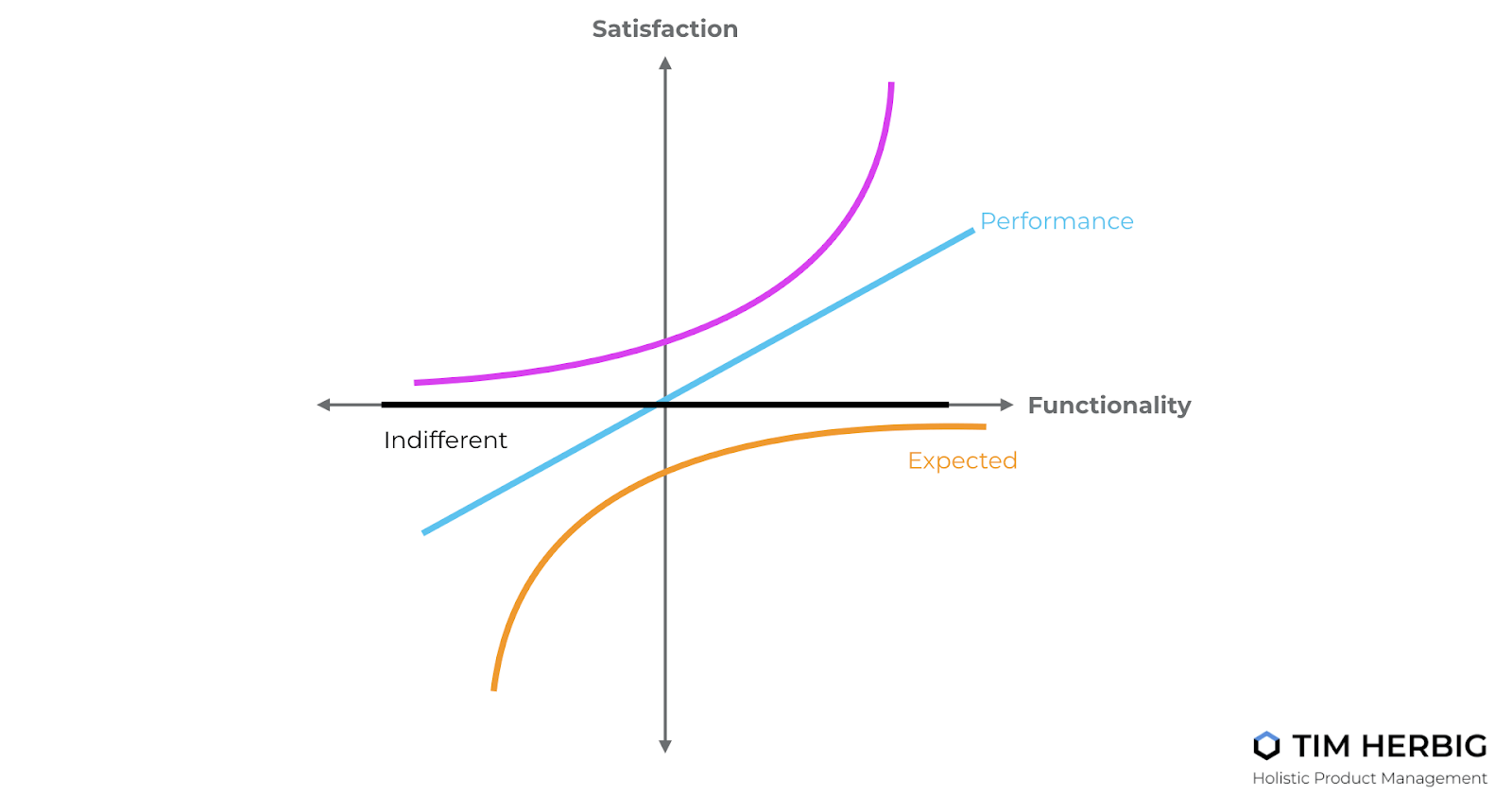
Subscription-based pricing models are on the rise. Lately, even Peloton describes itself as the “Netflix of exercise” rather than a fitness device manufacturer as part of its road to an IPO.
The popularity of subscription-based pricing models stems from the success of companies like Spotify, Dropbox, LinkedIn, and more. All of these unicorns have developed massive bases of paying users by taking a freemium approach.
To backtrack a bit, freemium is a pricing strategy where most components of a product are free, but money is charged for “premium” features and services. The hope is that users who are acquired through the lure of a free product will eventually convert to paying customers.
Sounds easy enough, but many companies miss the mark with this strategy because they focus too much on simply adding additional features that users have to pay for. If a set of features is entirely usable without limitations and some features are completely limited, your product is not freemium. Instead, you’re offering a product that is part free and part paid.
Spoiler alert: It’s about the depth of features you offer, not the breadth.
Leveraging the Kano model can help you understand the aspects of your product that are most valuable to users. This way, you can zero in on high-impact features and create a freemium strategy that drives conversion . The effectiveness of this approach has been proven by some of the most successful freemium businesses out there.
The Kano model explained
Before we get into more details, let’s briefly explore the Kano model.
In a nutshell, the Kano model is a survey technique that helps you evaluate the importance of different functionalities within your product. Users are asked to share their perception of a product or feature by answering the following set of questions:
- If you had (feature), how do you feel?
- If you didn’t have (feature), how do you feel?
- How important is having (feature) available in your product?
Based on the responses, a score is calculated for every feature included in the survey. These scores then map the feature to one of the four key categories used by the Kano Model:
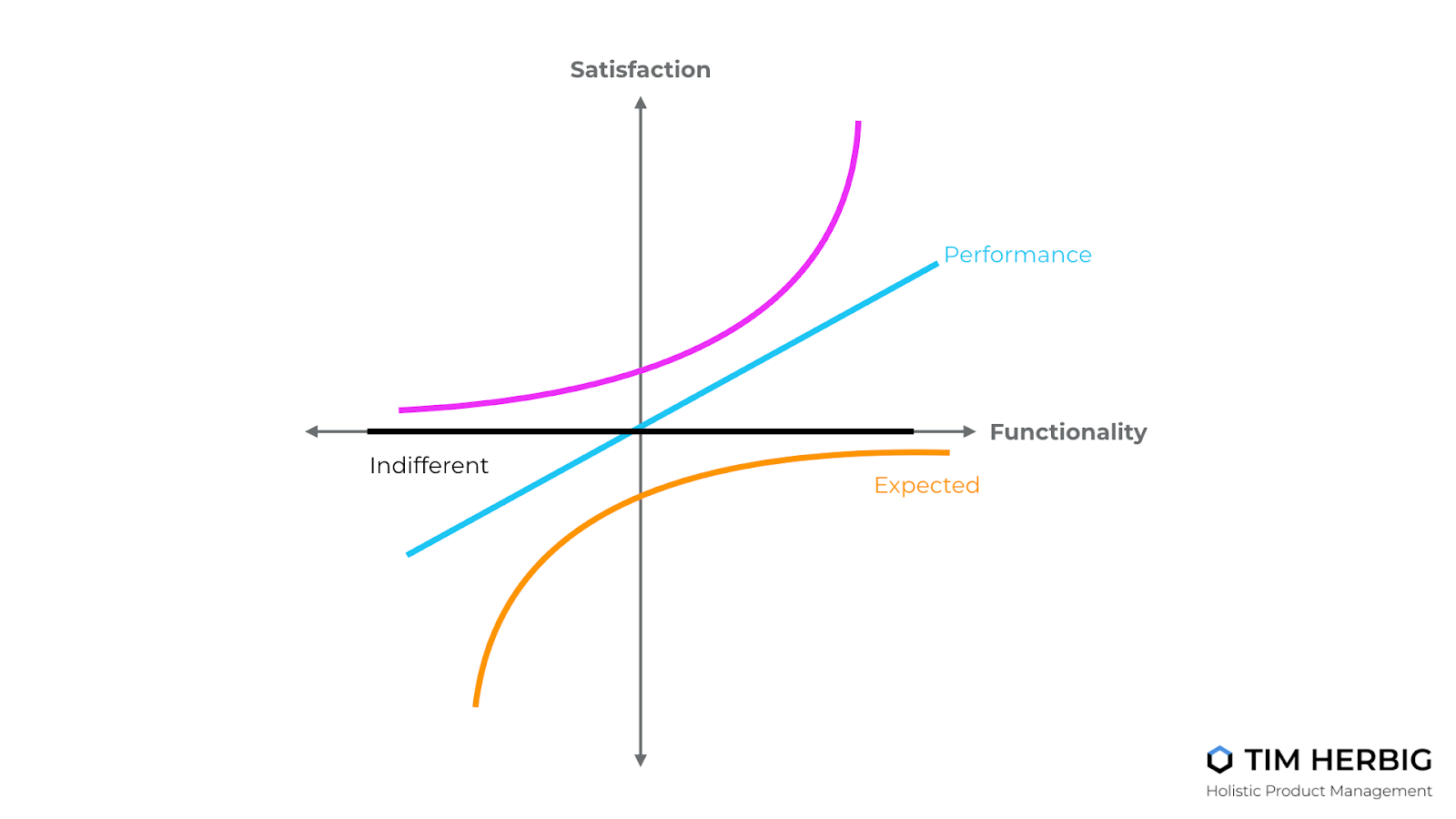
- Performance: Features that express the quantitative capability of the product.
- Expected: Features that are simply expected. Without them, users would not consider the product.
- Attractive: Unexpected features that inspire a positive reaction from users.
- Indifferent: The presence or absence of this type of feature does not make a real difference to users.
For freemium success, focus on Performance features
If you look at some of the most successful freemium products out there, what they have in common quickly becomes clear — they limit the depth of what the Kano model calls “Performance” features. To put it generally, increasing the depth of Performance features and making them a part of your premium offering is an effective strategy to convert free users into paying ones.
Successful freemium products limit the depth of what the Kano model calls “Performance” features. Increasing the depth of Performance features and making them a part of your premium offering is an effective strategy to convert free users into paying ones.
To elaborate, the pure existence of a Performance feature won’t convince users to upgrade or stick with your product. They are simply a way to recruit users to the free tier of your product. However, if you can tie the increased usage of a Performance feature to a perceived increase in value, people will be more likely to subscribe and pay.
It may sound counterintuitive to limit features like this as part of your freemium model, but, while you want to give people access to foundational features, you don’t want them to exploit them and capture the full value of your product without ever having to pay.
Let’s look at a few real-life examples that illustrate this point:
Example #1: Typeform
Typeform is a survey tool. If we compare Typeform’s pricing plans, you can see that they justify their paid plans primarily through the number of responses users are able to collect with their tool (their free plan caps this at 100 responses per month).
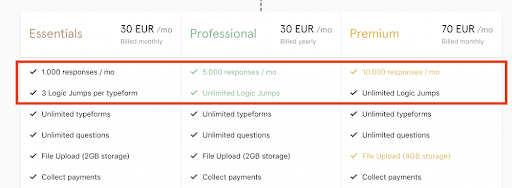
The number of survey responses is the poster child for what the Kano model calls Performance features.
More responses to a Typeform survey translates to more accurate data for users to process and take action on. This means that despite having to pay for Typeform, users can better shoulder the cost because the tool helps them achieve success.
The more a user wants or has to use a Performance feature from a quantitative perspective, the more satisfied they become. But keep in mind that this satisfaction doesn’t come from the feature itself; it comes from the success and impact that increased usage represents.
Here’s how some of Typeform’s features relate to the Kano model from my outside perspective (if someone who works at Typeform reads this, I would love to get your inside view on this).
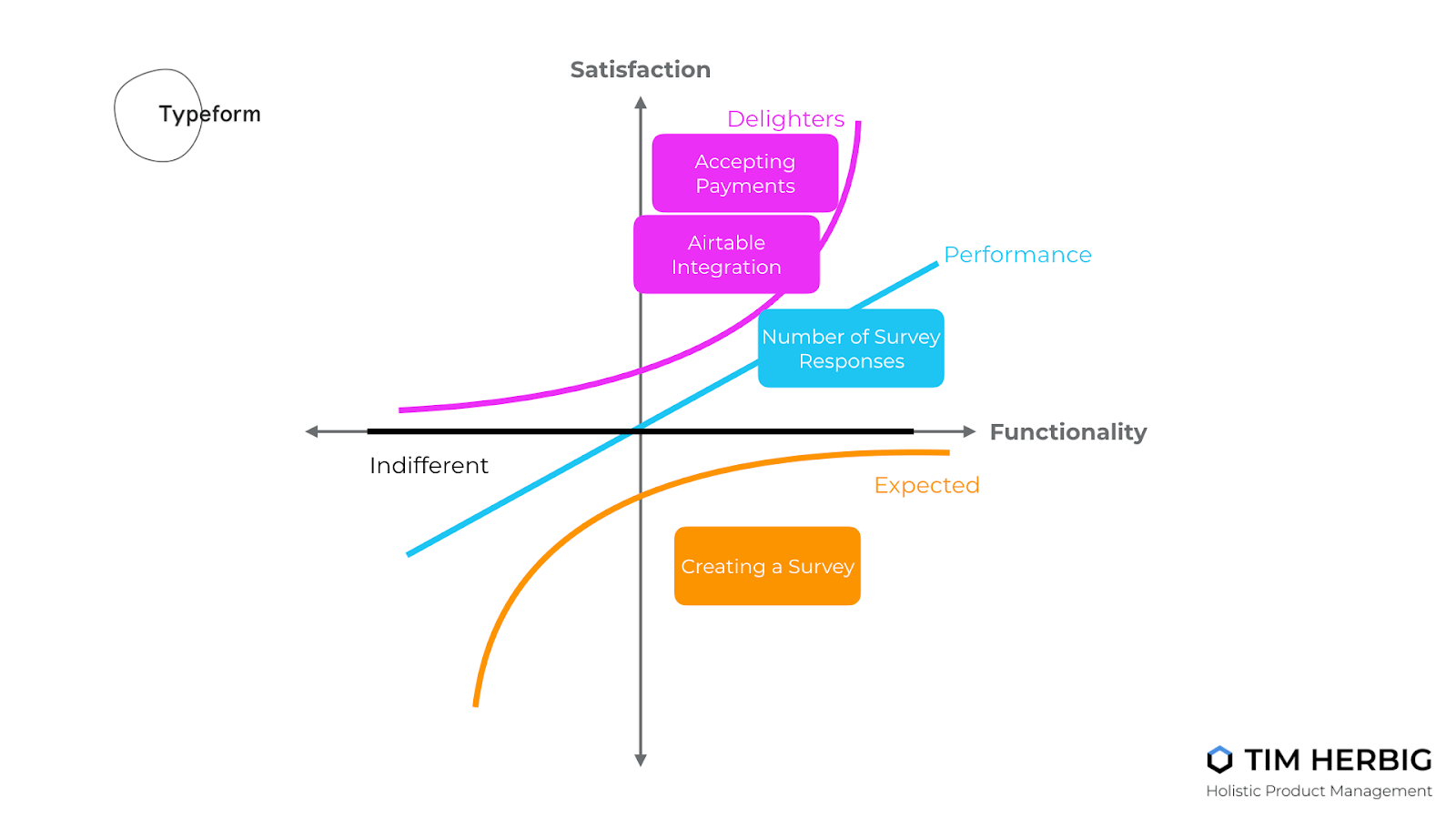
Example #2: Teachable
Teachable is a platform to sell and distribute online courses. Naturally, the most fundamental expectation for a tool like this — besides actually creating a course — is to allow students to enroll in your courses, and to distribute content to them.
Until recently, you were able to let as many students enroll in your Teachable course as you wanted, even if you were on their free plan. The number of students allowed to enroll in courses is the product’s Performance feature. The differentiators of Teachable’s former paid plans included unlocking new features like coupon codes, drip course content, or third-party integrations.
A couple of weeks ago, Teachable started to limit the number of students that could enroll in a course on a free plan to 10 (!). After all, an increase in this number represents success for you as a creator — more students equals higher revenues and retained users.
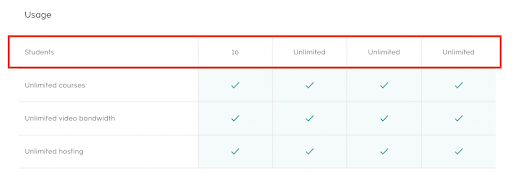
If you look at Teachable’s pricing plans now, you can see that the number of students is the only limitation in their freemium model. This move to suddenly limit a previously free Performance feature is quite typical for a company during a growth stage. In other words, they have achieved basic product/market fit through user growth and retention and are now focused on growing revenue and profits
Here’s how I would map some of Teachable’s features to the Kano model:
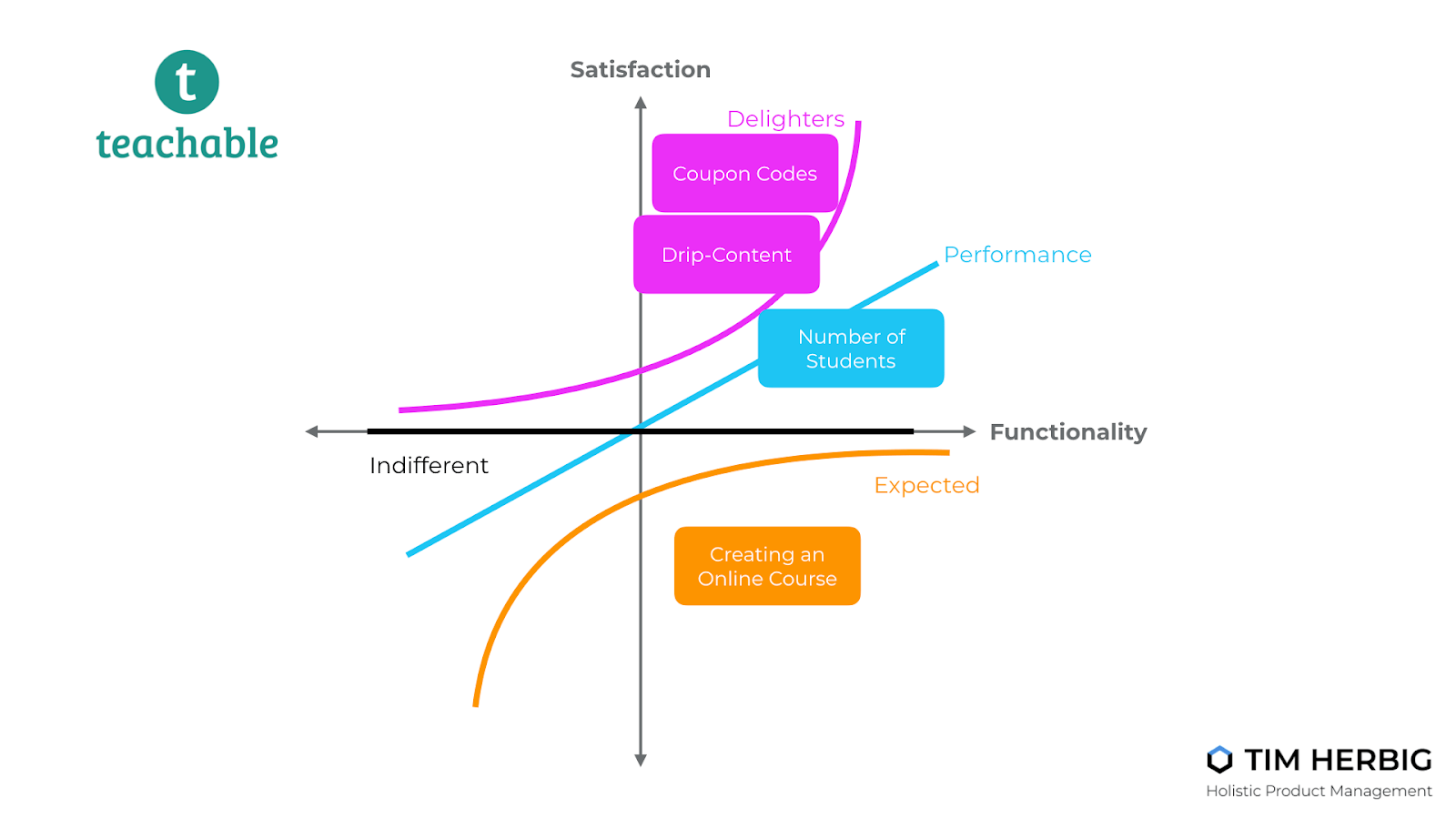
More examples: Dating apps and social networks
For a social network based on a freemium business model, Performance features are the number of contacts users can have as well as the volume of messages they can send. This is because growing your digital rolodex and interacting with contacts increases the value you get out of such products.
This analogy also holds true for products like Tinder, which are often used as a point of reference for freemium product success. The Performance feature of liking someone is limited. Simply because if you want to like a lot of people, it means you find a lot of people on the app attractive (one part of feeling successful using Tinder).
For unlimited likes, you have to subscribe to Tinder Plus. Their higher-tier plan, Tinder Gold, however, doesn’t differentiate itself through Performance features. Instead, it uses Delighter features to keep you locked in. For example, the feature that allows you to see who likes you before you swipe is not limited by quantity, but general availability.
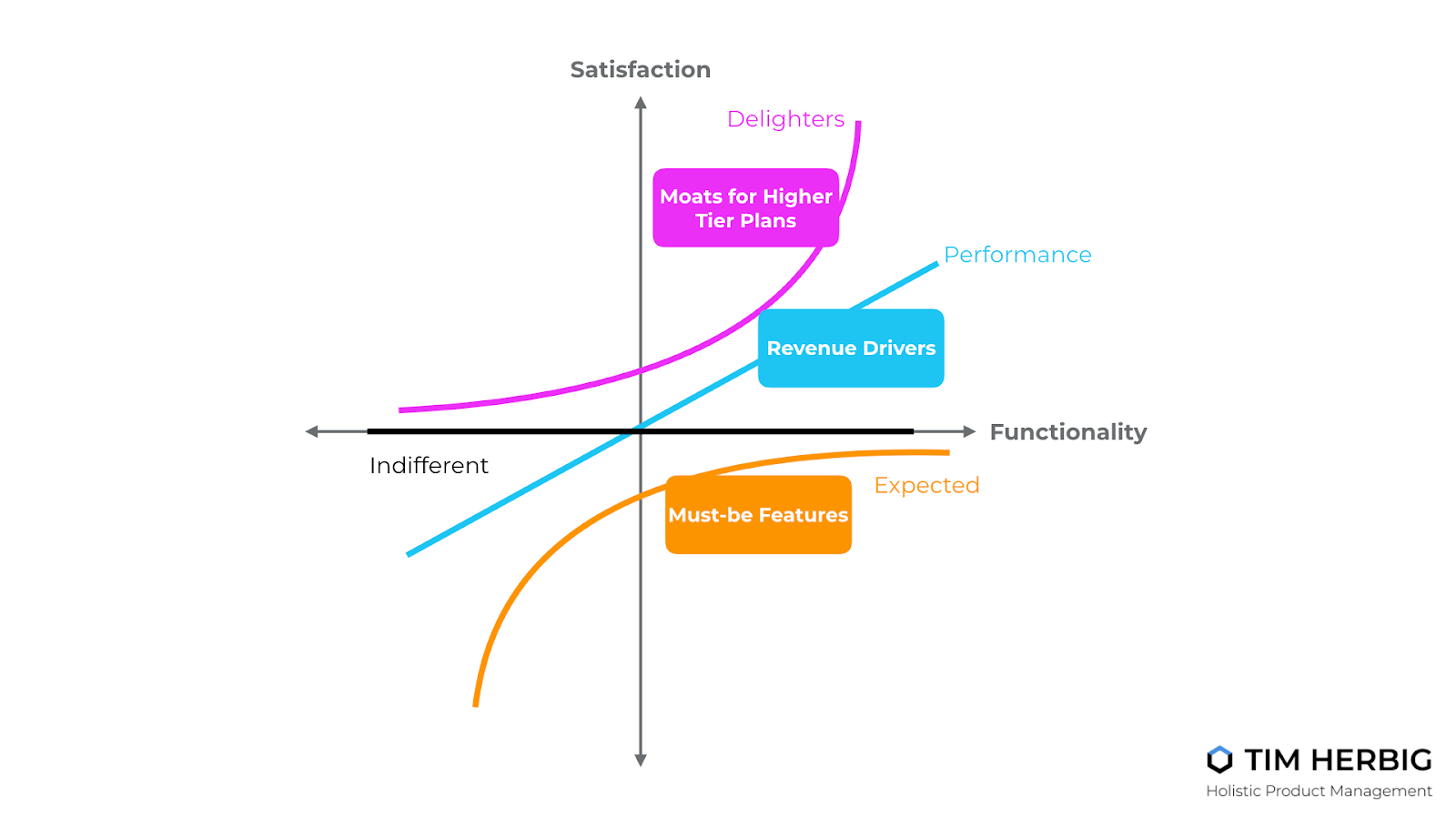
Implement a winning freemium strategy with the Kano model
If you take one thing away from this piece, it should be to prioritize the depth of features categorized as “Performance” by the Kano model. Doing so will unlock growth for your freemium model. Additionally, limit access to Delighter features. They will add an extra incentive to keep users locked into a higher tier plan.
Ready to implement a winning freemium strategy? First, you need to set up your own Kano model survey to understand where your current features fall in terms of user satisfaction and functionality. Aim for at least 30 responses to determine a valid first indicator. If you’re thinking about adding a new feature to your product, make sure to include it in your survey as well.
If you are looking to enter a crowded and competitive market with a new product/feature, you can run the Kano Model survey amongst users of your competitors. This way, you truly understand why customers pay for alternatives.
For helpful resources to get you started — like a Kano model resources swipe file and a framework for freemium product analysis — click here.
. . .

Tim is a product and business leader, as well as a prolific writer, podcaster, and speaker. Currently, he’s responsible for the overall sales, product, engineering, and marketing efforts behind the leading conversion optimization platform Iridion, and regularly co-organizes the Product Tank Hamburg meetup to promote the local product management community. You can find him at www.herbig.co.
. . .
productboard is a product management system that enables teams to get the right products to market faster. Built on top of the Product Excellence framework, productboard serves as the dedicated system of record for product managers and aligns everyone on the right features to build next. Access a free trial of productboard today.





